Creating Interactive Learning Experiences with Robotics
Chosen theme: Creating Interactive Learning Experiences with Robotics. Dive into practical ideas, stories, and frameworks that turn classrooms into creative labs where curiosity leads and robots follow. Join the conversation, subscribe for weekly sparks, and share your favorite bot-powered activity.

Why Robotics Supercharges Engagement
01
The Brain on Making
Hands-on robotics taps kinesthetic memory, timely dopamine from small wins, and layered feedback from sensors and code. When a motor spins because of student logic, the brain links cause and effect, reinforcing durable understanding far beyond a textbook explanation.
02
From Passive to Participatory
Students move from watching to doing, making choices that matter. A simple change in a loop or sensor threshold flips outcomes instantly, giving agency. That agency invites persistence, and persistence becomes learning. Invite learners to narrate decisions aloud to deepen ownership.
03
A Quick Story from the Lab
A quiet seventh-grader built a robot that delivered handwritten thank‑you notes to classmates. Calibrating the line sensor took countless tries, yet each adjustment felt purposeful. Confidence rose with every successful lap. Share your own small robotics miracle in the comments.
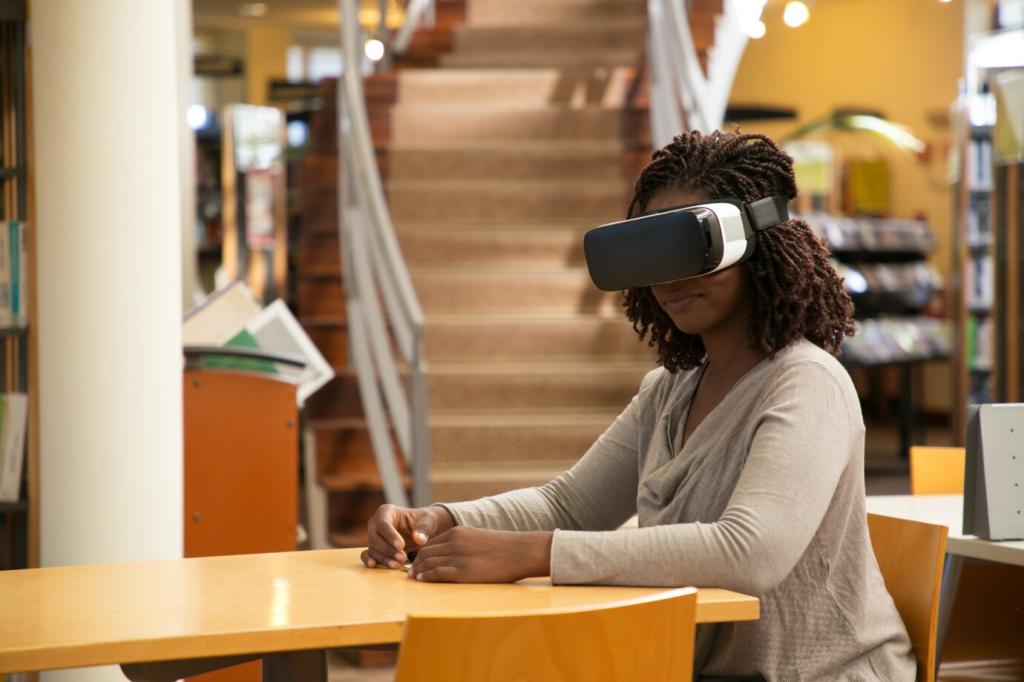
Frame challenges around real contexts: automate plant watering, guide a bot through a simulated disaster zone, or sort recyclables. Authenticity raises stakes and curiosity. Add a user persona so students design for someone specific, strengthening empathy and purpose.
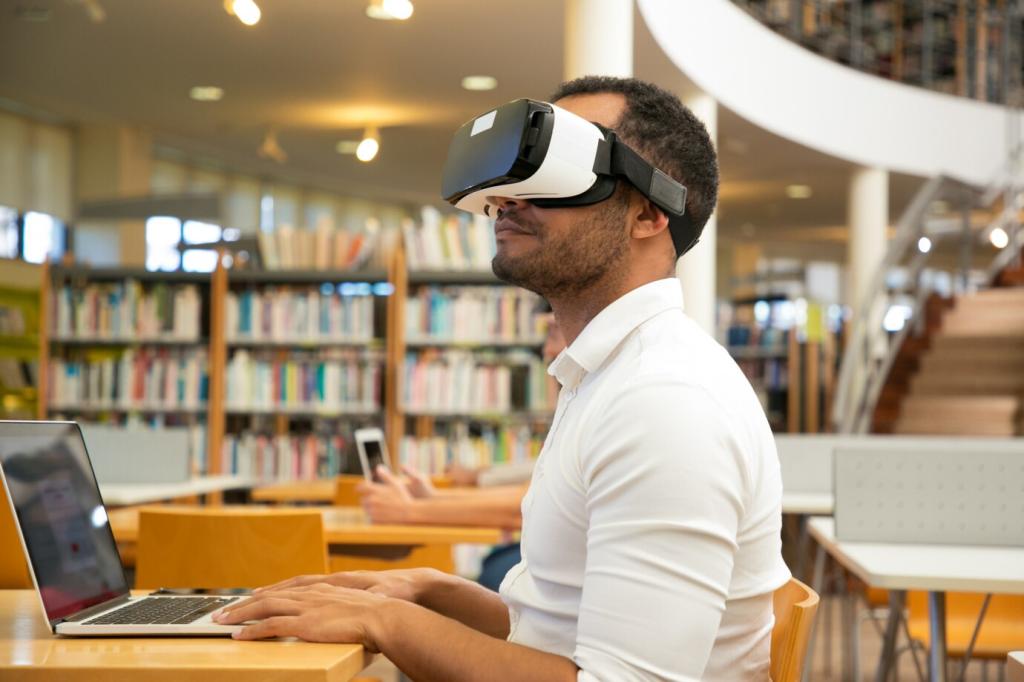
Break complexity into manageable chunks: first sensor reading, then conditional logic, then movement finesse. Offer starter code and unplugged flowcharts. Give two leveling options each step so beginners proceed safely while advanced students explore extensions without waiting.
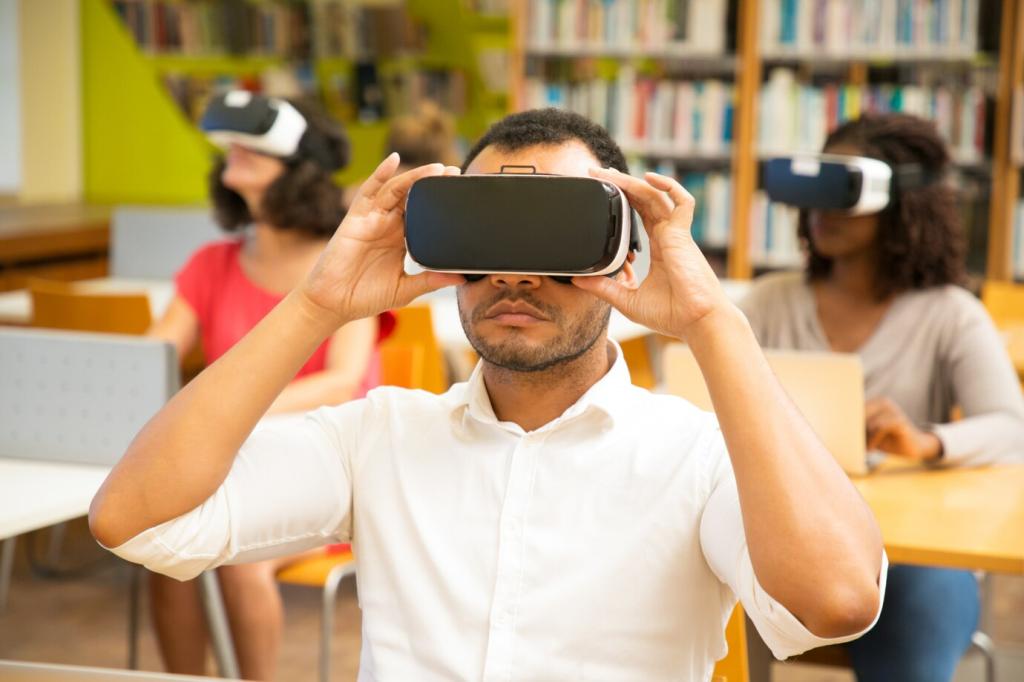
Insert short pauses where students predict outcomes before running code, then compare results. Ask, “What will you change next and why?” End with a cross-application prompt: how could this algorithm help in a different scenario? Invite learners to post reflections.

Inclusive and Accessible Robotics
Offer multimodal instructions—visual cards, narrated walkthroughs, and tactile cues. Use collaborative roles like coder, builder, tester, and documentarian so strengths shine. Provide alternative controllers or simplified interfaces to support motor differences without limiting creative ambition.
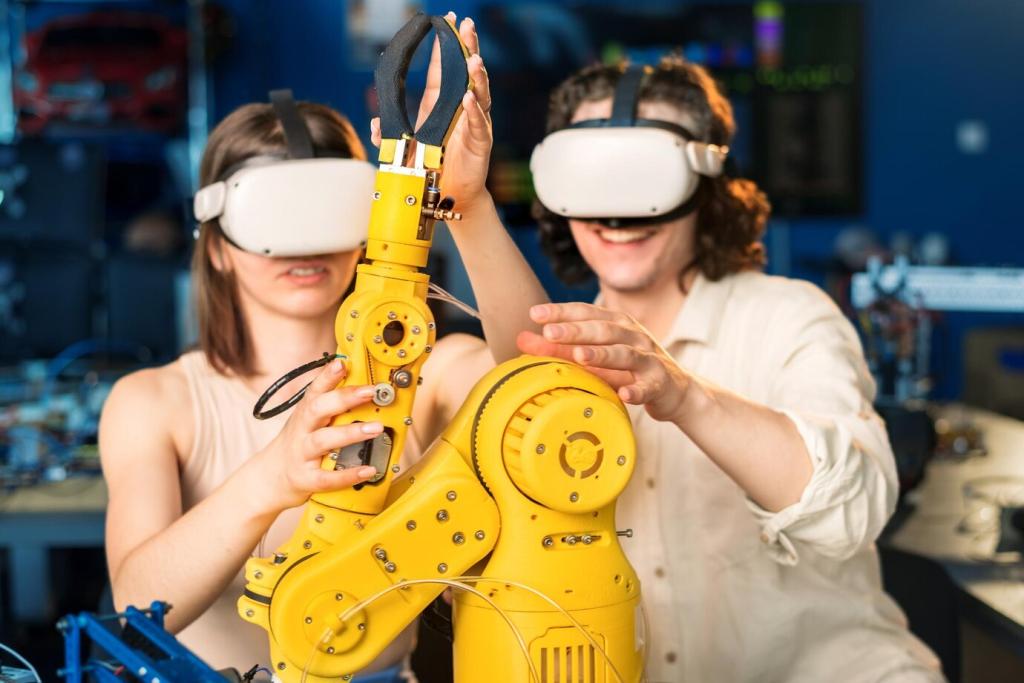
Cross-Curricular Robotics Connections
Ask students to script narratives where robots are characters with goals and constraints. They program motions to match plot beats—tension, setback, resolution. Storyboarding clarifies logic, and performance day transforms algorithms into expressive movement and purposeful communication.
Assessing Interactive Learning in Robotics
Evidence of Thinking, Not Just Working
Collect design logs, annotated photos, and code comments showing choices and trade-offs. Ask students to highlight a bug they loved solving and why. This shines light on reasoning, not only the final lap time or obstacle score.
Rubrics that Reward Iteration
Include criteria for hypothesis quality, test design, responsiveness to data, and learning from peers. Make revision cycles visible by comparing versions. Students earn credit for thoughtful pivots that improved reliability, even if performance gains were incremental rather than flashy.
Student Voice and Audience
End units with demos for authentic audiences—families, younger grades, or community partners. Invite questions that probe design decisions. Public sharing raises quality and gives purpose, while feedback surfaces perspectives students can address in future iterations.
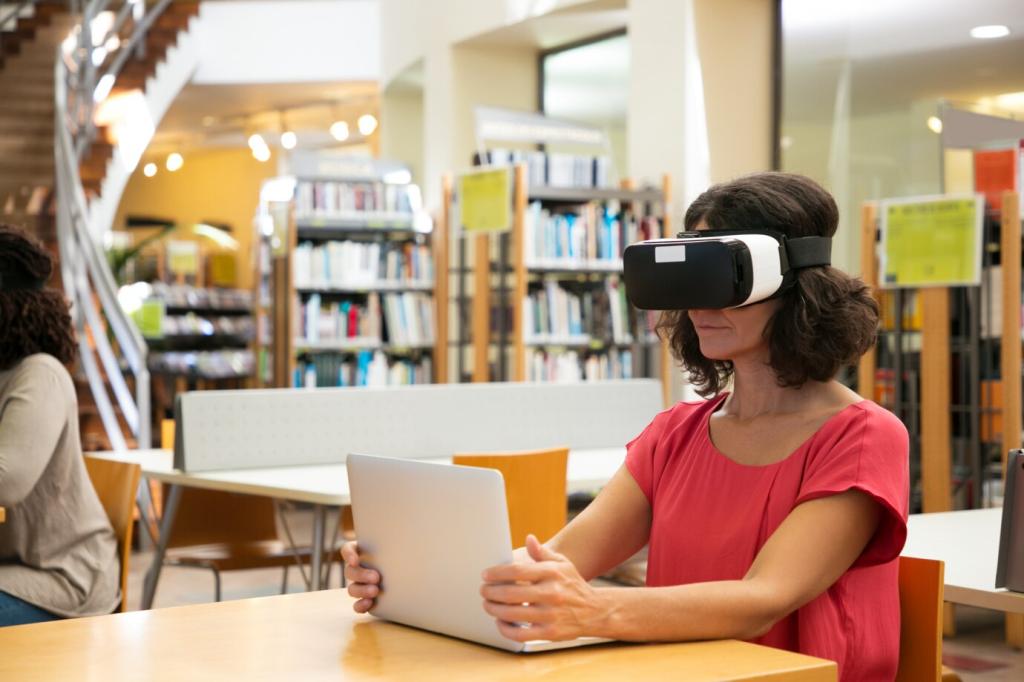
Days 1–2: Curiosity and Safety
Run a sensor safari and device tour. Establish safety zones, testing rituals, and team roles. End each day with predictions about tomorrow’s experiments. Small wins—like reading a sensor value—build confidence that fuels deeper challenges ahead.
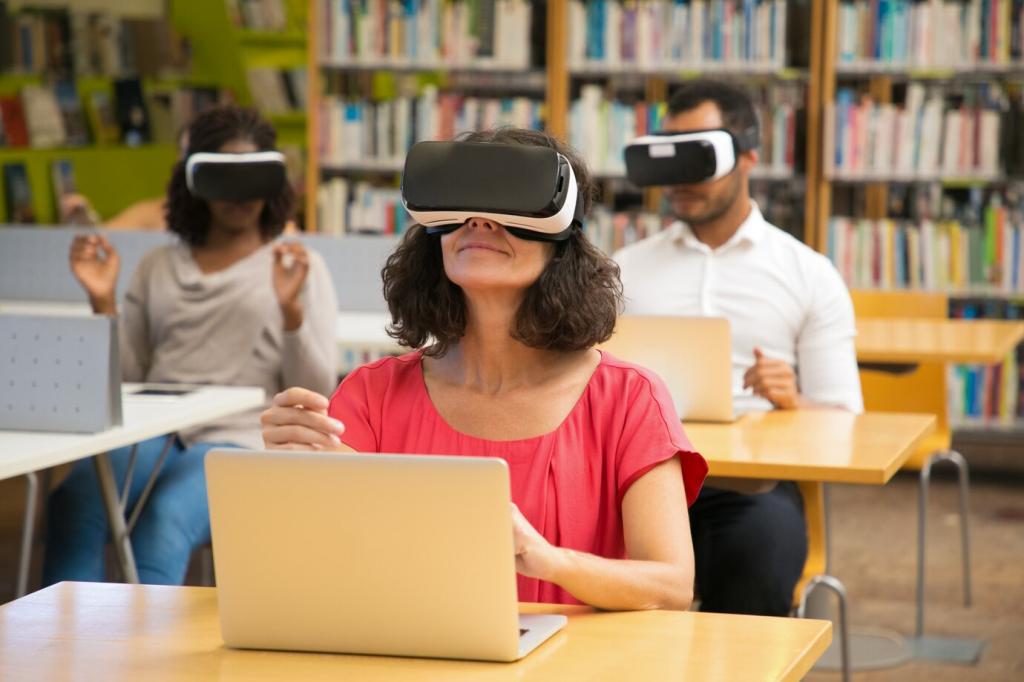
Days 3–5: Prototype and Iterate
Introduce a focused challenge with a visible goal line. Alternate build, test, and reflect cycles. Use whiteboards to track hypotheses and results. Celebrate clever failures that revealed insights, and encourage teams to borrow ideas generously with attribution.

Days 6–7: Share, Reflect, Extend
Host a mini expo. Students narrate journeys, show code snippets, and explain design pivots. Collect feedback, then launch an extension choice board so momentum continues. Invite families to subscribe for updates and at-home challenges that strengthen the learning loop.
